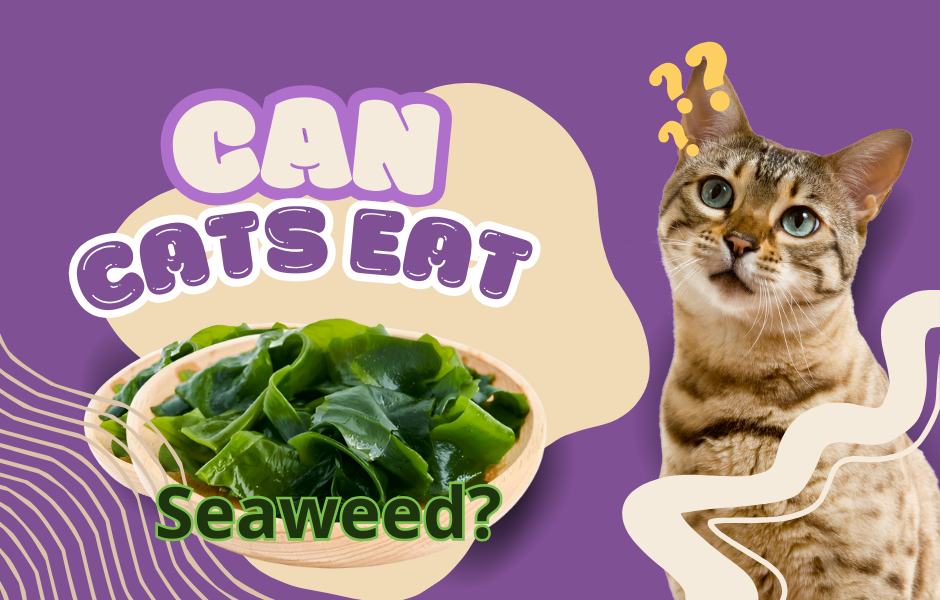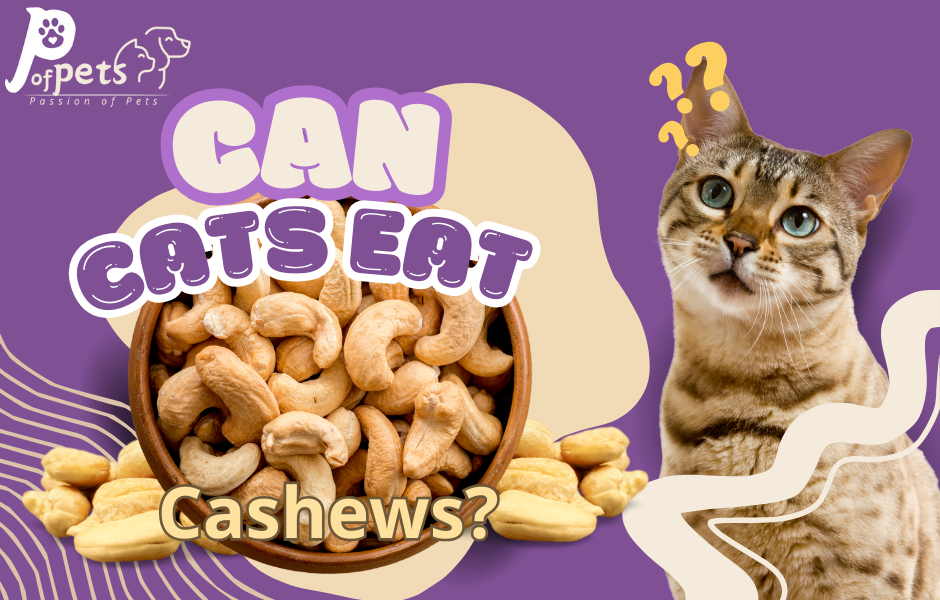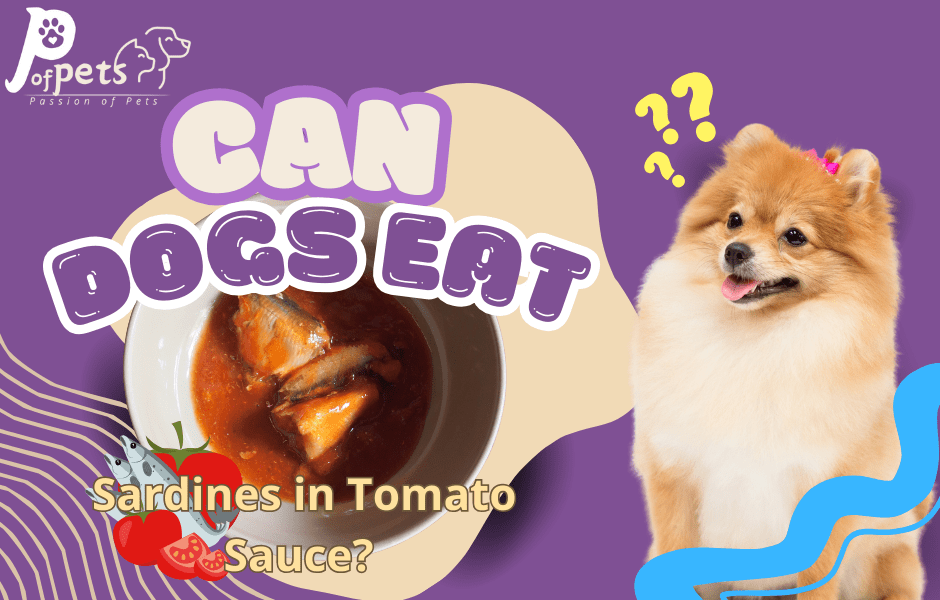Keeping a pet bird is a joyful experience, but ensuring it lives a long, healthy life requires more than a cozy cage and occasional playtime. One of the most critical—and often overlooked—aspects of bird care is feeding pet birds properly and providing the right nutrition.
In this comprehensive guide, you’ll learn:
- The best diet for different bird species
- The dangers of poor feeding habits
- How to balance seeds, pellets, fruits, and vegetables
- Tips for dealing with picky eaters
- Expert-backed feeding routines and recommendations
So, whether you’re caring for a vibrant parakeet, a charming cockatiel, or an intelligent African grey parrot, this article will set you on the right path.
Why Proper Nutrition Matters for Pet Birds
Were you aware that over 60% of health problems in pet birds are linked directly to poor nutrition?
[Association of Avian Veterinarians]
Birds are incredibly sensitive and complex animals. Their dietary needs are fundamentally different from those of cats, dogs, or even other exotic pets. A bird’s diet doesn’t just impact its body—it impacts its mind, energy, and even its ability to bond with humans. Nutrition is at the root of a bird’s overall well-being, from vibrant feathers to a healthy immune system.
The Hidden Dangers of an Unbalanced Diet
If birds are not receiving a properly balanced diet, the consequences may not be immediately visible—but they are often serious and difficult to reverse. Nutritional imbalances tend to affect multiple body systems simultaneously, gradually diminishing your bird’s health, behavior, and quality of life. Here are some of the most common and concerning effects:
Poor Feather Condition
Feathers are a direct reflection of a bird’s internal health. When the diet is lacking in essential nutrients such as amino acids, omega-3 fatty acids, and vitamins A, D, and E, the feathers can become brittle, frayed, dull, or even fall out completely. Birds may also begin over-preening or plucking their feathers, either due to discomfort or nutrient-related behavioral issues.
Weakened Immunity
A poorly nourished bird is far more vulnerable to infections, parasites, and chronic diseases. Without sufficient vitamins and minerals especially vitamin A, zinc, and selenium—the immune system becomes compromised. This can result in frequent respiratory illnesses, poor wound healing, and persistent health complications.
Malnutrition or Obesity
Many pet birds are fed a seed-only diet, which is high in fat and low in crucial nutrients. Over time, this can lead to either malnutrition (when nutrients are missing) or obesity (when calories are too high). Both conditions carry serious risks, including organ failure, fatty liver disease, and shortened lifespan. Portion control and food variety are essential.
Behavioral Issues
Birds with poor nutrition often exhibit behavioral abnormalities. This may include aggression, extreme lethargy, nervousness, excessive vocalization, or compulsive behaviors like pacing or feather mutilation. These behaviors are not just signs of stress but also potential indicators of neurochemical imbalances caused by poor diet.
Reproductive Challenges
For birds that breed, nutrition is directly tied to fertility, egg health, and chick survival. Inadequate levels of calcium, vitamin D3, and protein can cause soft-shelled or misshapen eggs, egg binding, or low hatch rates. Even non-breeding birds can suffer from hormone imbalances due to dietary deficiencies.
Question for You:
When was the last time you compared your bird’s diet with expert avian feeding recommendations?
Most bird owners rely on seeds or pellets alone, unaware that a well-balanced diet really comprises fresh vegetables, fruits, sprouts, grains, and the occasional protein sources all according to the bird’s species.
Taking the time to reconsider your pet bird’s diet could be the most important thing you can do to ensure a longer, happier, healthier life for your bird.
What Should You Feed Your Pet Bird?

Just as humans thrive on nutrient-dense, varied, and species-specific diets, so too do birds. While different types of birds—such as parrots, finches, or canaries—have particular dietary requirements, many pet birds thrive on a combination of the following general food groups:
1. Pellets (40–70% of the Diet)
Pellets form the cornerstone of a balanced, nutritious diet for most pet birds. Exclusively prepared food items, pellets are designed to provide complete and reliable nutrition in every bite, giving your bird all the vitamins, minerals, proteins, and amino acids needed to maintain a healthy lifestyle.
One of the best advantages of pellets is that they prevent selective feeding—a behavior where birds choose only their favorite parts of a combined seed or treat-formulated diet (typically the high-fat parts) and reject nutrient-rich ingredients. Selective consumption can quickly lead to nutritional deficiencies and long-term illnesses.
Why Pellets Matter:
- Nutritional Stability: Pellets offer a standard quantity of combined essential nutrients per serving, which is not present in seed mixes where nutritional content is extremely unequal.
- Prevention from Diseases: The pellet diet was shown to reduce the risk of common bird disease such as obesity, fatty liver disorder, vitamin A deficiency, and impaired immunity.
- Ease of Feeding: Pellets are simple and clean to measure and feed, making it easy for pet owners to keep track of how much their bird eats.
- Behavioral Health: When the bird is well-fed, it tends to be more active, alert, and emotionally balanced.
Best Suited For:
Pellets are ideally suited to parrots, cockatiels, conures, parakeets (budgies), lovebirds, and other medium-sized to large bird species. Whilst some small birds like finches and canaries will enjoy species-specific pellet formulas, not every bird will accept pellets instinctively—thus gradual introduction is essential.
2. Seeds (10–20% of the Diet)
Seeds are also the pet bird’s favorite food—and it is easy to see why. Seeds are rich in energy and inherently full of flavor, greatly sought after. However, this option is not a healthy one. Apparently enormous caches of seeds are often extremely fat-laden, low in essential nutrients, and lacking in sufficient vitamins, minerals, and amino acids upon which a healthy bird bases its diet.
When seeds make up the majority of a bird’s diet, long-term consequences can be severe. Long term, an imbalanced seed-dominated diet can lead to several health ailments, including:
- Obesity – Excessive fat can lead to excess weight, fatty liver, and impaired mobility.
- Liver Disease – Obesity-inducing high-fat diets are a primary reason for hepatic lipidosis (fatty liver), especially in those with poor mobility.
- Malnutrition – While calorie-dense, seeds are nutrient-poor. Birds on seed diets alone typically become deficient in vitamin A, calcium, iodine, and amino acids, which result in poor feather condition, weakened immunity, and developmental problems.
Why Seed-Only Diets Are Destructive:
- Nutritionally incomplete
- Encourage selective eating habits
- Generally cause illness, reduced activity, and shorter lifespans
- Lack the variety birds need for physical and mental stimulation
How to Offer Seeds the Correct Way:
Seeds can still be part of a balanced diet as an occasional treat or enrichment item, rather than a staple.
- Blend with pellets: Blend small quantities of seeds with pellets to encourage the acceptance of a more varied diet.
- Reward purposes: Use seeds in training sessions to support behaviors in a positive manner without overfeeding.
- Restrict daily portions: Limit seed portions to roughly 10–20% of your bird’s overall diet, depending on species and individual needs.
- Choose healthier combinations: Utilize seed combinations with fortified feed or supplementary nutrients, but always supplement with pellets and fresh foods.
3. Fresh Fruits and Vegetables (20–30% of the Diet)
Raw vegetables and fruits play an essential role in supplying natural vitamins, minerals, fiber, and hydration. They also provide mental stimulation and foraging activities.
- Safe Choices Include:
Carrots, leafy greens (kale, spinach, romaine), bell peppers, apples (seeds removed), bananas, broccoli, zucchini. - ☠️ Toxic Foods to Avoid:
Avocado, chocolate, onion, garlic, rhubarb, alcohol, and anything with caffeine.
Tip: Rinse all produce well to remove pesticides. Cut foods into bird-safe pieces and introduce new foods slowly to avoid digestive problems.
4. Clean, Fresh Water (Daily Essential)
Water is occasionally underestimated in bird care but is just as important as food. Birds use water not only to drink but for thermoregulation and metabolic processes.
- Rinse Fresh Daily:
Replace the water your bird drinks at least daily—or more when it’s extremely hot or whenever the water becomes dirty. - Don’t Contaminate Water:
Food waste, droppings, and biofilm readily contaminate water and promote bacterial growth.
Tip: Switch to stainless steel or ceramic water dishes from plastic water dishes since bacteria can multiply in scratches.
An organized diet keeps your bird energetic, colorful, and disease-resistant. And don’t forget: nutritional needs vary dramatically across species, so always consult an avian vet for feeding information tailored to your species.
Balanced Diet for Pet Birds by Species

🕒 Feeding Schedule: How Often Should You Feed Your Bird?
Consistency is key.
| Bird Species | Feeding Frequency | Portion Size |
|---|---|---|
| Parakeets | 2x daily | 1–2 tsp of pellets + veg |
| Cockatiels | 2x daily | 1–2 tbsp of pellets + 2–3 veg pieces |
| African Greys | 2x daily | 2–3 tbsp pellets + fruits + veg |
| Macaws | 2–3x daily | ½ cup pellets + ½ cup fruits/veg |
🧠 Note: Always remove uneaten fresh foods after a few hours to prevent spoilage.
Common Feeding Mistakes to Avoid
Common Feeding Mistakes to Avoid Maintaining your feathered friend well-fed on a well-balanced diet at times is problematic even for quite responsible pet owners. The majority of people inadvertently risk their birds by employing ancient guidelines, replicating wildbird diets, or even just remaining unaware of what their bird can eat. Some of the most common feeding mistakes and how to avoid them are as follows:
1️⃣ Seed-Only Diets
Seeds can look wholesome and harmless, yet a seed diet alone is among the most awful long-term mistakes any bird owner may commit.
- Why it’s problematic: Seeds have excessive amounts of fat, low calcium content, vitamin A, and important amino acids.
- Dangers to health: Obesity, fatty liver condition, deficiency of vitamins, soft plumage, and lower lifespan.
- Don’t: Use seeds as a small part of an eclectic diet (no more than 10–20%), ahead of good pellets, vegetables, and other whole foods.
2️⃣ Overfeeding Fruits
Fruits are healthy, right? Yes—in moderation. But most fruits are high in natural sugars and water content, and overfeeding them can set off imbalances.
- Why it’s a problem: Excessive sugar can lead to digestive upset, diarrhea, hyperactivity, and in some people, insulin resistance or yeast overgrowth.
- What to do instead: Offer fruit as an occasional treat (5–10% of the diet or less). Serve low-sugar fruits like berries or green apple slices and accompany with fiber-rich vegetables.
3️⃣ Feeding Table Scraps or Human Food
It’s a tempting simplicity to share your meal with your bird—but most human food is toxic or at least poisonous to birds.
- Why it’s a problem: Common ingredients like onions, garlic, chocolate, avocado, salted snacks, and alcohol are poisonous to birds and lead to organ damage or death.
- Health risks: Gastrointestinal upset, kidney or liver failure, neurological disease.
- Instead, do: Offer bird-safe, fresh foods specifically prepared for them—unseasoned, oil-free, and free from additives.
4️⃣ Not Rotating Foods
Birds, like people, enjoy variety. Repetition of the same foods each day can lead to nutritional gaps, boredom, and even food intolerance in some cases.
What to do instead: Create a weekly rotating menu of different veggies, occasional fruits, protein sources (like boiled egg or legumes), and safe herbs. This supports gut health, mental stimulation, and full-spectrum nutrition.
Why it’s a problem: No single food—pellets or otherwise—can give a bird all the nutrients it needs for years on end. A lack of variety can also cause selective eating or behavioral issues.
This week, try introducing one new bird-safe vegetable each day. See which ones your bird loves!
Vidéo de Jyoti Pur
✅ Conclusion: The Key to a Happy, Healthy Bird
Feeding your pet bird isn’t just about filling a bowl — it’s about nurturing their health, energy, and happiness. By offering a balanced mix of pellets, fresh produce, and occasional treats, and avoiding common feeding mistakes, you set your bird up for a thriving life.
🗨️ What does your bird love to eat the most? Have you ever had to switch their diet?
📤 Found this helpful? Send it to a friend who has a feathered companion.
And remember: if in doubt, always consult an avian veterinarian for tailored advice.
Yuns Legdm is a passionate advocate for pet care and the founder of this website, dedicated to providing valuable information for fellow pet lovers and veterinary professionals worldwide. With a deep love for animals, Yuns created this platform to connect passionate pet owners with expert insights from veterinarians around the globe.
This website grows with you—the passionate pet owners and veterinary experts—creating a trusted space where knowledge, experience, and love for animals come together. Whether you’re seeking advice on pet health, nutrition, or general well-being, this platform is here to support you on your journey of responsible and loving pet care.





